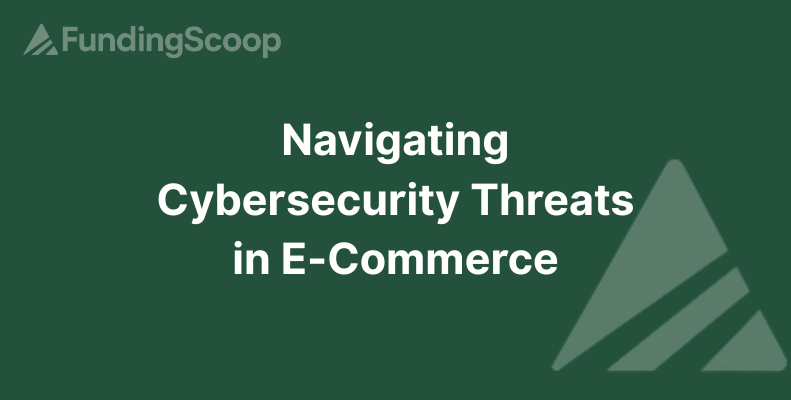
Navigating Cybersecurity Threats in E-Commerce
Marcus Ashford
E-commerce is facing significant cybersecurity challenges, especially for small and medium enterprises (SMEs). A critical vulnerability called 'SessionReaper' has led to over 250 attacks on Adobe Commerce and Magento, highlighting the urgent need for robust cybersecurity measures. Despite guidelines from organizations like the National Cyber Security Centre, SMEs are particularly vulnerable due to weaker security protocols. Regular system updates, patches, and best practices like multi-factor authentication are crucial. Investing in cybersecurity is essential for SMEs to protect their reputation and financial health. The growing threat landscape is a call to action for businesses to enhance their security measures and build customer trust.
The modern landscape of e-commerce is fraught with various cybersecurity challenges that demand urgent attention from businesses, especially small and medium enterprises (SMEs). Recently, over 250 successful attacks targeted Adobe Commerce and Magento platforms through a critical vulnerability labeled CVE-2025-54236, or 'SessionReaper'. This flaw allows cybercriminals to hijack customer sessions by exploiting Magento's REST API, as detailed in Security Affairs. With many stores yet to update their systems, the urgency for robust cybersecurity measures has never been clearer.
The Threat Landscape
The National Cyber Security Centre (NCSC) provides guidance on online shopping safety, emphasizing the importance of checking for legitimate sources and securing personal accounts, as outlined on their official site. However, despite these resources, SMEs remain prime targets due to typically weaker security protocols. A BBC article highlights how vulnerable UK businesses can be, noting that as of October 2025, numerous firms have fallen prey to cyber-attacks, resulting in significant disruptions and financial losses.
Impact on E-Commerce
Cyber threats are not only directed toward traditional IT infrastructure but increasingly towards e-commerce platforms that often handle sensitive customer data. The breaches on Adobe Commerce serve as a stark reminder of the vulnerabilities that exist and the importance of regular system updates and patches. Cybersecurity must be a top priority, embedding best practices like utilizing multi-factor authentication and conducting regular security audits to prevent unauthorized access.
My Take
In my experience covering financial markets and SMEs, the lack of adequate cybersecurity measures among smaller businesses is alarming. There's a pervasive misconception that cybersecurity is prohibitively expensive or only necessary for larger companies with more assets at stake. However, the reality is that a breach can have devastating effects on an SME's reputation and financial health. Given the evolving threat landscape, it's crucial for SMEs to invest in fundamental cyber hygiene practices and leverage available resources like the NCSC's guidance to safeguard their digital storefronts.
Moreover, guidelines and support are increasingly available for businesses, as seen in the comprehensive cybersecurity guidance for business provided by the UK government. This counsel not only helps in building resilience against attacks but also underscores the competitive advantage of having a secure customer experience.
Conclusion
As e-commerce continues to grow, so too does the responsibility of businesses to protect their platforms against cyber threats. While the session hijacking facilitated by the SessionReaper exploit serves as a critical lesson, it also presents an opportunity for SMEs to refine and reinforce their security measures, ensuring that they not only meet but exceed current security standards. Emphasizing security across the e-commerce value chain can ultimately result in not just preventing breaches, but in instilling trust that turns first-time buyers into long-term customers.


